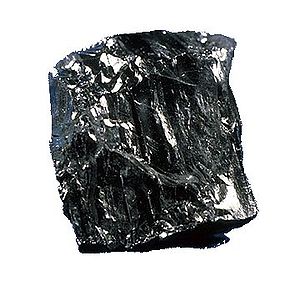Coal Formation
As coal forms, it goes through four steps, or stages. At each stage the amount of carbon increases. The first stage is the formation of peat. Peat is a soft, brown material made up of partly decayed plants. It forms as dead plants build up in swamps. Today some swamps and bogs, which are areas of wet and spongy ground, have deep layers of peat. The second stage of coal formation produces lignite. Lignite is a soft, brown rock. It forms as layers of sand and mud cover peat. As the layers build up, the pressure of their weight squeezes moisture out of the peat, turning it into a soft rock. Over millions of years, this pressure, along with heat from inside the Earth, turns peat into lignite. Bitumen is the third stage of coal formation. Bitumen is a fairly hard, dark brown or black rock. Millions of years of heat and the weight of even more layers of sediment turn lignite into bitumen. Bitumen is the most common type of coal mined and used today. In the fourth stage, bitumen becomes anthracite. Anthracite is a hard, black rock. Anthracite forms under great heat and pressure. It is almost pure carbon. 

